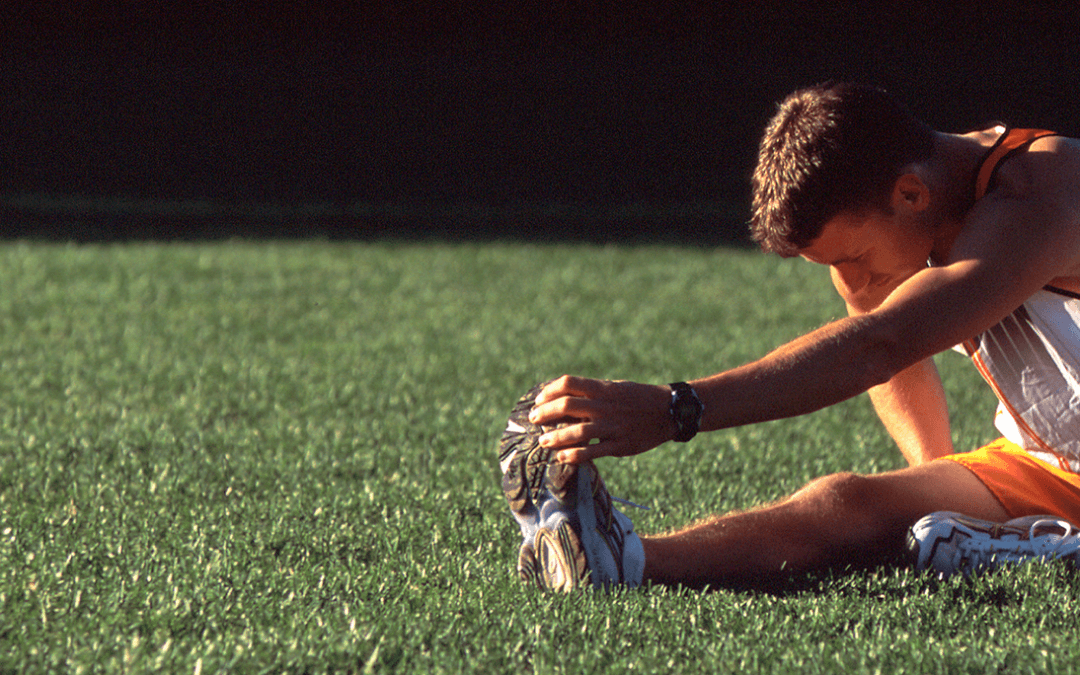Running is not the kind of activity that demands great flexibility in general, but tight muscles and joints can cause pain, injury, and decreased performance. This is a huge topic in the running rehab world that can’t be adequately addressed in a short summary, but to stay healthy and fast, there are certain body areas that need to have adequate range of motion to move freely, and this becomes increasingly important as a runner ages or increases speed or distance.
In my experience as a runner, coach, and clinician dealing with thousands of runners of all abilities, I think there are two key areas that runners would be wise to keep mobile and flexible; hips and ankles. Limited mobility in ankles and hips can cause movement deviations from head to toe that can eventually cause damage to a body part that might not even be near the joint with the limitation. Knowing your personal limitations and how to address them can be a good way to avoid lost training time due to pain and may even decrease bigger issues like arthritis. I’ll also say that stretching done improperly or for the wrong reason may result in injury or decreased performance.
Consider learning about your individual mobility opportunities with an assessment by a running expert to make sure you get what you need, and not what you don’t. There are standardized assessments that are helpful, such as the FMS, and here at Prevail PT we have our own runner mobility assessment that we combine with an expert running analysis to target mobility needs.
Good range of motion might be accomplished through “stretching” of muscle, but may need joint mobility instead, so it is important to understand the difference between muscle tightness and joint mobility;
Muscle tightness is a lack of extensibility in a muscle-tendon structure that has many possible causes, but here are the most common;
- Genetic or adaptive shortening
- Overuse dominance
- Injury guarding
- Increased neuromuscular tone
- Fascial restriction
Joint mobility is the ability of the two of the bones in a joint to move freely through a full range of motion, and has a different set of possible causes, commonly;
- Muscle tightness
- Capsule or ligament restriction
- Fascial restriction
- Cartilage defect
- Bone spur
While there are commonalities between muscle tightness and joint mobility, they are not quite the same.
One of my favorite debates is whether stretching is good or bad. The answer is; it isn’t… good or bad. It depends on the intent of the stretch and how it is being done. A long, static hamstring stretch immediately before an 800-meter race is probably a bad idea due to the expected temporary decrease in power output from a freshly stretched muscle. On the other hand, if a runner is having back pain because of excessive pelvic motion due to tight hamstrings, long static stretches done at the right time can be beneficial. There are many such examples, but the point is to be clear about why you are stretching or doing mobility work, and make sure you are performing the exercise correctly for your situation.
Another example is achilles tendon or plantar fascia pain related to tight calf muscles. There is plenty of evidence to support that relationship, so if you are having pain here then regular calf stretching after exercise and pre-run, dynamic ankle mobility are good ideas to try right off the bat. However, there are times when the ankle joint itself won’t move enough to allow the calf muscles to stretch as far as needed, which is when we use a joint mobilization rather than a muscle stretch. With a joint mobilization we are more directly affecting how the joint surfaces are moving, and often use hands, straps or bands to help.
Also consider the effect of tightness in opposing muscles on the opposite sides of each other. For example, hip flexor tightness on the right side amplifies hamstring tightness on the left side, and vice versa.
In short, runners don’t need to stretch for the sake of stretching, but most of us stand to benefit from targeted mobility work, which should be based on an evaluation of a runner’s mobility in combination with a good running analysis. Let us know if we can help.
Happy running!
-Bruk Ballenger, PT, DPT

